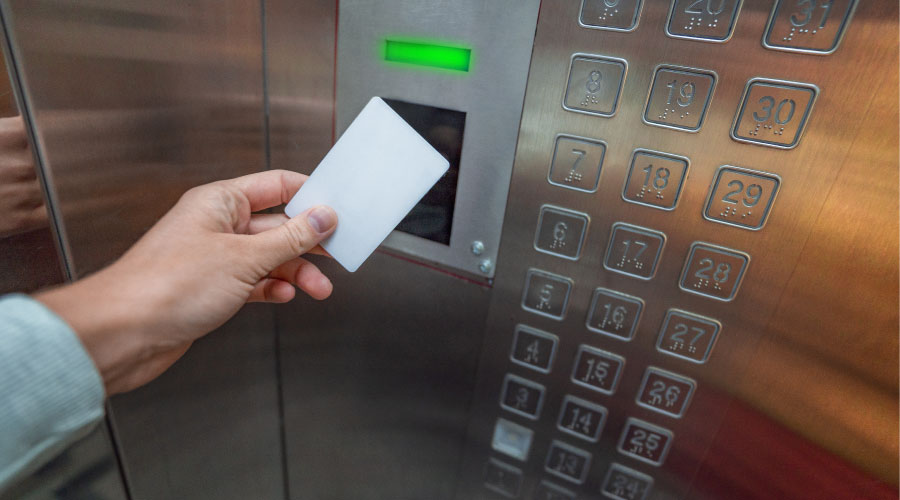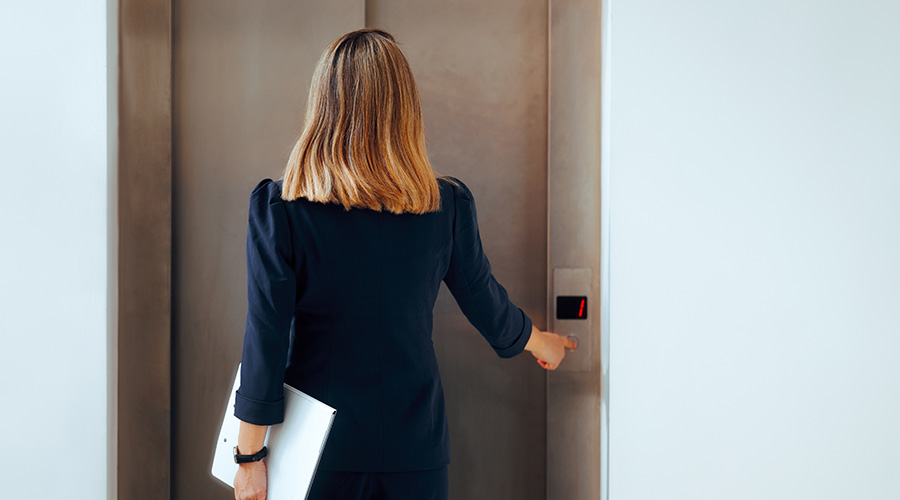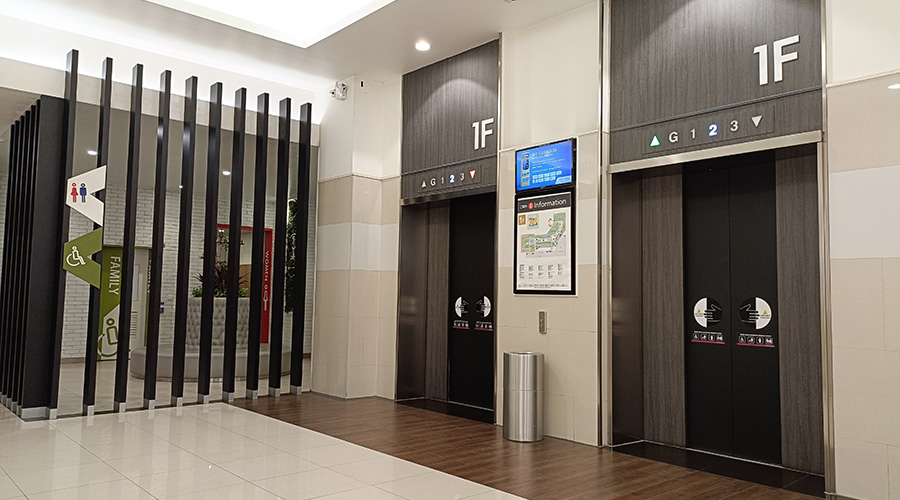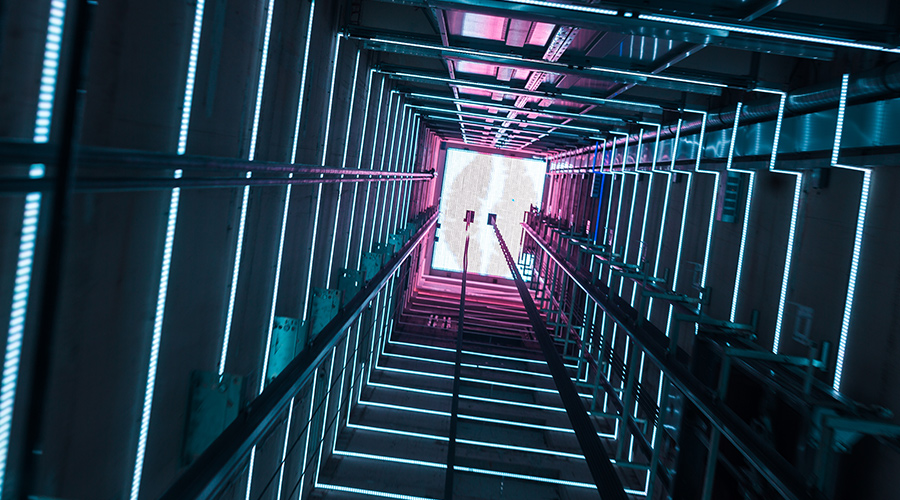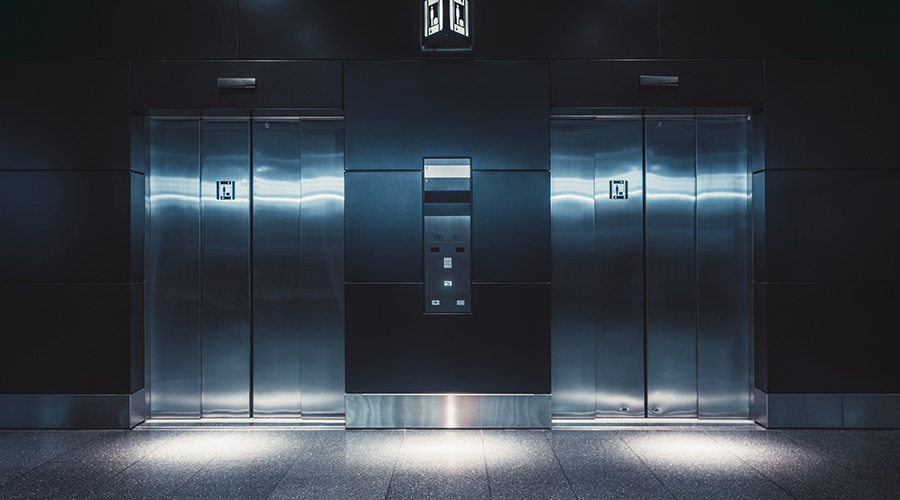New, Responsive Elevator Code Keeps Safety Front and Center
ASME code to address issues such as flood detection, cybersecurity, safety and emergency communications.
By Doug Carroll, Contributing Writer
It’s called elevatophobia, but a fear of elevators doesn’t make much sense when considering that the lifting devices are the safest form of transit ever developed for institutional and commercial facilities.
Despite what various disaster movies have depicted, elevators are ultrasafe because they have steel cables, brakes and counterweights that make them so. For every 1.32 million passengers, there will be only one injury.
Safety measures, as facility managers know, have become much more sophisticated since Elisha Otis, of the elevator company that bears his name, invented a device that could prevent a passenger elevator from falling if its rope broke. It debuted in 1857, a few years after its successful demonstration at the World’s Fair in New York City.
“The elevator code is first and foremost a safety code,” says Amy Blankenbiller, executive director of the National Elevator Industry, Inc. (NEII).
The first code for elevators was published 102 years ago. The latest — formally, it’s ASME A17.1/CSA B44, managed by the American Society of Mechanical Engineers — will be published this fall and implemented shortly thereafter. It includes significant updates in flood detection, emergency communications, worker safety and cybersecurity.
Adoption of the code may vary, depending on the state or local jurisdiction, something facility managers need to familiarize themselves with. Some jurisdictions adopt automatically. Consistent standards increase safety for technicians and the riding public.
“It’s fair to say that in any code cycle, there are hundreds of proposals,” Blankenbiller says. “The code is cyclical, like any technical document. Code provisions come as both proactive and reactive. Many times, it may take a couple of cycles before adoption.”
For example, she says, the flood detection provision is in response to flooding that was caused by major hurricanes such as Sandy in the Northeast in 2012 and Harvey in Houston in 2017.
The worker safety update, led by NEII and coordinated with the International Union of Elevator Constructors, covers areas such as hoistway lighting, pit ladders and troubleshooting.
Cybersecurity requirements address the connection of elevators to the internet.
“We have smarter buildings,” Blankenbiller says, “and it’s a positive development to be able to put in some parameters when building systems are interconnected.”
Because of advances in technology, elevator companies have become more innovative and building transportation is more efficient. The companies already are designing to meet the new code standards, Blankenbiller says.
“Building owners can better manage tenants and access now,” she said of today’s technology. “People want building experiences to be different. We’ll continue to put safety features into the code as we learn more and as safety evolves.”
NEII, which began as the Elevator Manufacturers’ Association, was first chartered in 1934. Its membership includes the six major international elevator companies: Fujitec, KONE, Mitsubishi, Otis, Schindler and TK.
However, an international code might still be a way off.
“We’ve seen some movement of countries aligning with one code,” Blankenbiller said. “We’re the outlier. In the code world, things don’t always move quickly, but I’m optimistic.”
Doug Carroll is a freelance writer from Chandler, Ariz.
Related Topics:








